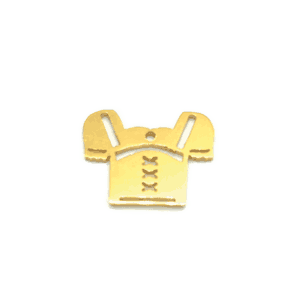 In Munich, the dirndl is worn at the Oktoberfest, in restaurants or on festive occasions and is considered a symbol of the city. The term is a diminutive of the Bavarian word Dirn and means girl. Maids were also called this in Bavaria. And the dress they wore to work on the farm was called a dirndl dress.
In Munich, the dirndl is worn at the Oktoberfest, in restaurants or on festive occasions and is considered a symbol of the city. The term is a diminutive of the Bavarian word Dirn and means girl. Maids were also called this in Bavaria. And the dress they wore to work on the farm was called a dirndl dress.
Dirndl is not a traditional costume
The dirndl has little to do with traditional alpine costume culture. This is because traditional Bavarian costume is usually very elaborate and has regional and historical references. It is also worn with special accessories, such as special bonnets. Today's Dirndl, even if they are of very high quality, are not real traditional costumes. This type of dress originally came from the city. There it was considered a simple servant's uniform. It was easy to care for, comfortable due to the wide skirt and gave freedom of movement without showing much leg.
People wear traditional costume at the Wiesn
From the end of the 19th century, the citizens of Munich wore a dress like this on their Sunday outings to the countryside. After the First World War, it served as simple summer clothing. The dirndl became increasingly popular and was supposedly considered a typical Bavarian costume. However, it was in fact what the urban population imagined rural dress to be.
In the 1970s, hardly anyone wore a dirndl or lederhosen, not even at the Oktoberfest. This has only changed again since the 1990s. The majority of Oktoberfest visitors now come in traditional costume.
Trachten fashion with symbolic apron bow
Today's dirndl consists of a low-cut top, a wide skirt and an apron. It is usually one-piece, made of plain or printed fabric, namely cotton, linen or silk. The top is laced or fastened with hooks or a zip. It is traditionally worn with a white dirndl blouse. The apron is tied at the front. The side of the bow has a symbolic meaning. Tied on the right means that the wearer is already taken, tied on the left means that you are still available.